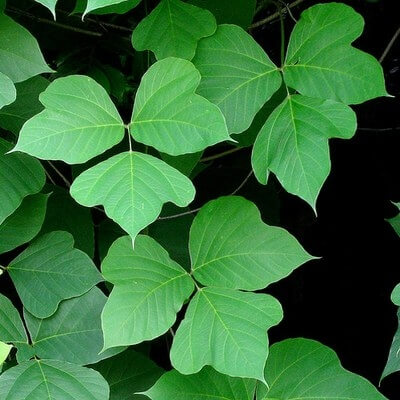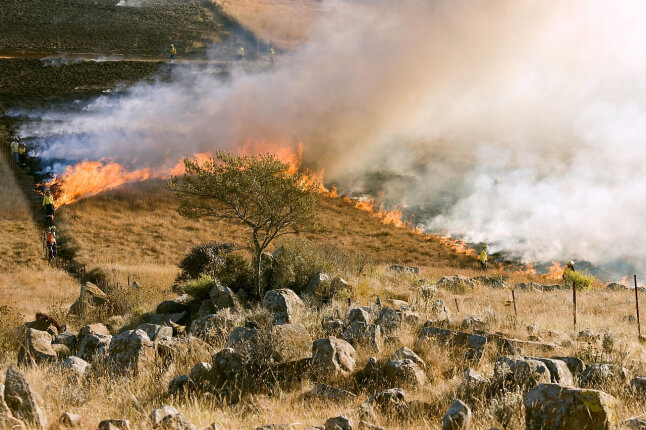News
STONY BROOK, New York - May 17, 2010 – Kudzu, “the vine that ate the South,” is not just swallowing landscapes and altering ecosystems in the southeastern U.S., it is also increasing ozone pollution according to a new report published in the May 17, 2010 on line edition of the Proceedings of the National Academy of Sciences (PNAS).
Planted in the early 20th century to help control erosion, this Asian native is a fast growing legume that can fix atmospheric nitrogen at a high rate, potentially altering the nitrogen cycle where it invades.
While a graduate student at Stony Brook University, Jonathan Hickman (now a postdoctoral fellow at the Earth Institute at Columbia University) and colleagues investigated the effect of kudzu on ecosystems in Georgia by comparing nitrogen cycling and nitrogen oxide fluxes from soils invaded by kudzu to unaffected soils.
To do that, Hickman and the University of Virginia’s Manuel Lerdau worked with Loretta Mickley and Shiliang Wu, atmospheric modelers at Harvard University, who employed a chemical transport model to predict effects of this increased nitric oxide on air quality in the southeastern United States. In one scenario, the number of high ozone days in parts of the region increasing by seven after an extensive kudzu invasion—an increase of over 35% compared to a scenario without kudzu. While the scenario is extreme, the work establishes a measurable link between an invasive plant and ozone formation.
Topics: Environment, Climate
Cutting-edge science delivered direct to your inbox.
Join the Harvard SEAS mailing list.
Scientist Profiles
Loretta J. Mickley
Senior Research Fellow in Chemistry-Climate Interactions




